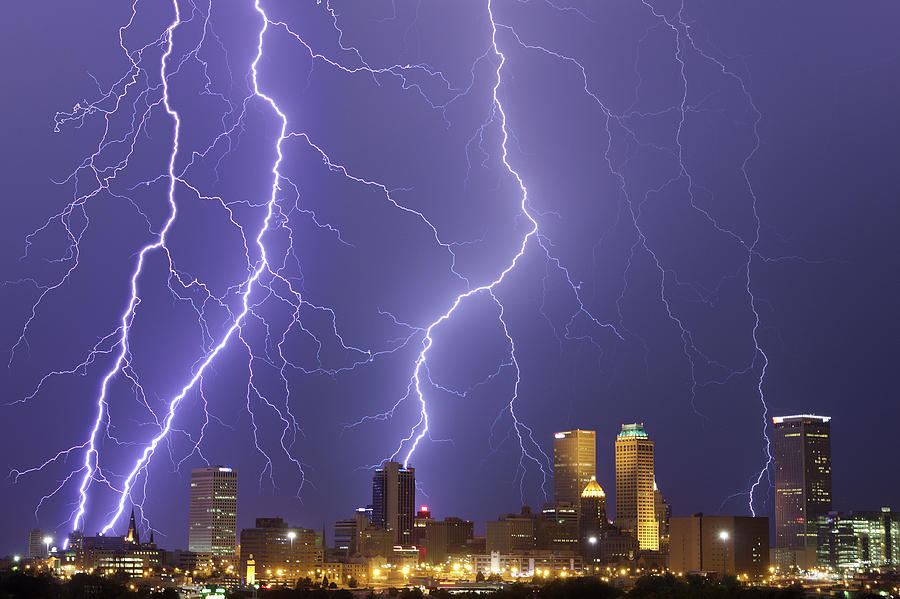Shell Mound wrote:ColdMiser123 wrote:Shell Mound wrote:Why not send an email to the NHC and/or Ronnie Berg inquiring as to why the NEXRAD data were not applied to Sally’s case?
In my view, Sally should be upgraded to 100 kt, Jose to 145–50 kt, and Joaquin to 140 kt. Matthew should be listed as 130 kt.
This was a good suggestion! I reached out to Robbie and he responded promptly to me.
The most interesting tidbit from his email to me was that the typical 80% reduction factor at 1200 meters, where those 121-122 kt velocity bins were found, accounts for undersampling by aircraft measurements (which is up to 8% as he wrote in the TCR). With radial velocity measurements though, there is little to no undersampling, so the factor should actually be even lower compared to the standard 80% conversion for a height of ~1200 meters. He also mentioned the importance of averaging multiple bins (i.e. a 4 bin average) in order to filter out noise among the velocity bins, which can impact the analysis as well. He concluded by saying the balance of evidence (including the radar derived wind data) led to an estimate of 95 kt overall.
So they did analyze the WSR-88D velocity bins, but they just didn't include it into the report. As a result, the Sally TCR is a more complete analysis than I initially thought. This was a learning experience for me, since there are two different conversion factors you should use for radar derived winds versus winds measured by aircraft. And it also highlights that there is a lot of extra hard work being done behind the scenes, even if it isn't being included in the report.
Thank you for seeking to clarify the matter. In this case I now concur with the NHC’s estimate of 95 kt, given the reasoning being presented.
No problem! Getting to the truth of the matter is most important no matter the situation.
And I agree, 95 kt is the best estimate at this point. Definitely a borderline case, but an intensity estimate of 100 kt would be more tenuous relative to 95 kt.













